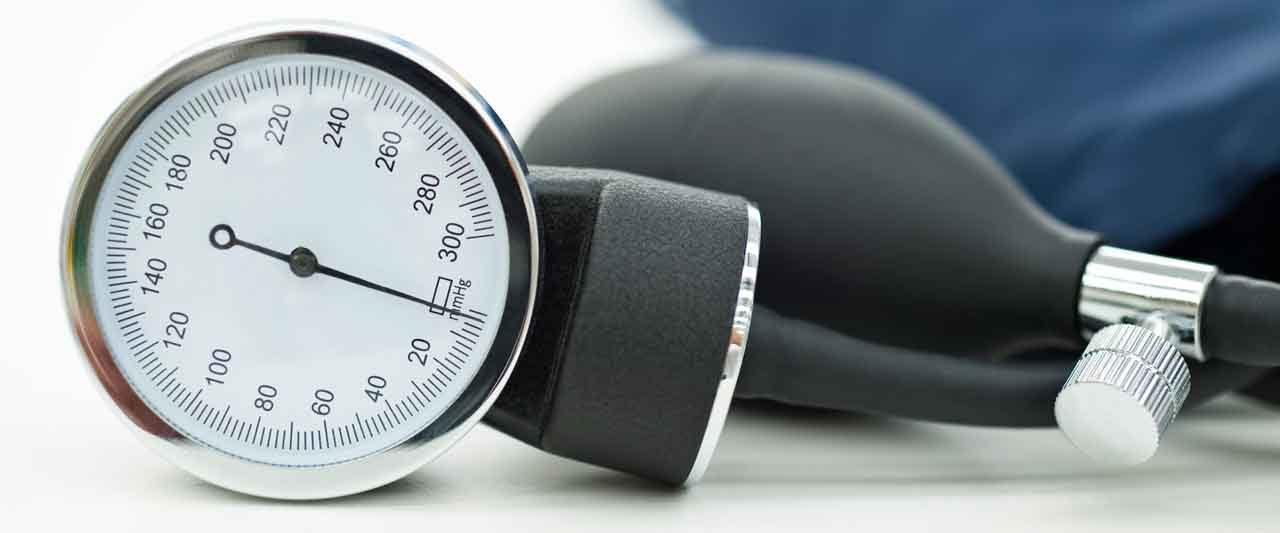What Do Lower Blood Pressure Guidelines Mean for You?

If your systolic blood pressure is more than 130, new blood pressure guidelines say you have “high blood pressure.” What can you do about it?
About 30 million more Americans may now fall into a category called “stage 1 hypertension” under new blood pressure guidelines. Doctors used to diagnose high blood pressure at 140 mm (systolic pressure) over 90mm (diastolic pressure) or greater; now they say you should aim for lower numbers.
If you’re among the group falling under the new blood pressure guidelines, with numbers around 130 over 80 or a bit more, consider this a message to cut out salt and exercise. Skip the lunch-time potato chips, and take the stairs at work. Talk to your doctor at your next visit. When you get your blood pressure taken, be sure you are calm, or measure it regularly at home and bring in your cuff.
YOU MIGHT ALSO LIKE: Tai Chi Lower Blood Pressure in Older Adults
The new targets arose from an excellent study called Sprint with 9,300 hypertensive patients age 50 and up, all with a higher-than-average chance of a “cardiovascular event” like a heart attack or stroke.
In that research, patients who achieved systolic blood pressure of less than 120 had 25 percent fewer cardiovascular events than a group with systolic blood pressure of 140 or less.
Under the new blood pressure guidelines, anyone with at least a 10 percent risk of heart attack or stroke over the next decade should aim for a systolic blood pressure under 130.
Updated:
March 03, 2020
Reviewed By:
Christopher Nystuen, MD, MBA